Insights
Creating a Math-Rich Learning Environment
Your classroom is more than just a space. Elementary educators wear many hats, with math often sharing the spotlight with reading and writing. While these core subjects are equally important, creating a math-rich learning environment can help students develop critical thinking skills and problem-solving abilities that are essential for success in school and beyond. By seamlessly integrating math into everyday classroom activities, students can develop a deeper appreciation for its relevance and usefulness.
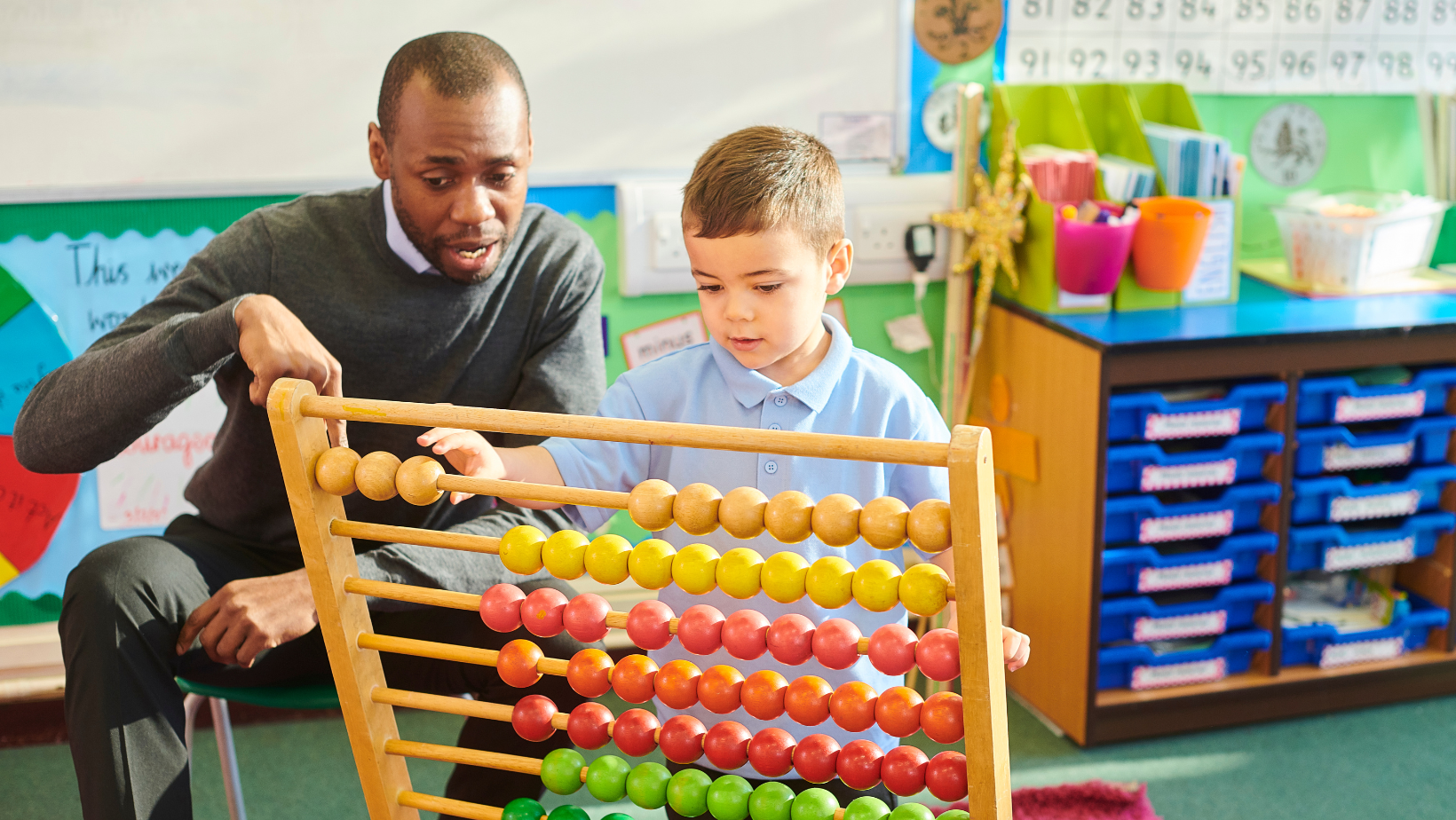
A math-rich learning environment is all about making numbers come alive. Kids learn best when they see math everywhere, have the right tools, and feel free to explore and make mistakes. Let’s transform your classroom into a dynamic hub of math discovery!
Creating a Math Haven
Imagine a space that invites exploration, collaboration, and a deep dive into the world of mathematics. To help transform that vision into reality, keep these tips in mind:
- Flexible Seating: Break free from traditional rows and create zones for individual work, group collaboration, and whole-class instruction. Bean bags, floor cushions, and standing desks can add a touch of fun and flexibility.
- Math Manipulative Magic: Stock your classroom with a variety of hands-on materials like blocks, counters, and geometric shapes. Create a designated manipulative station, or center, to encourage exploration and experimentation.
- Literacy and Math Connection: Incorporate math-related books and activities to build connections between subjects.
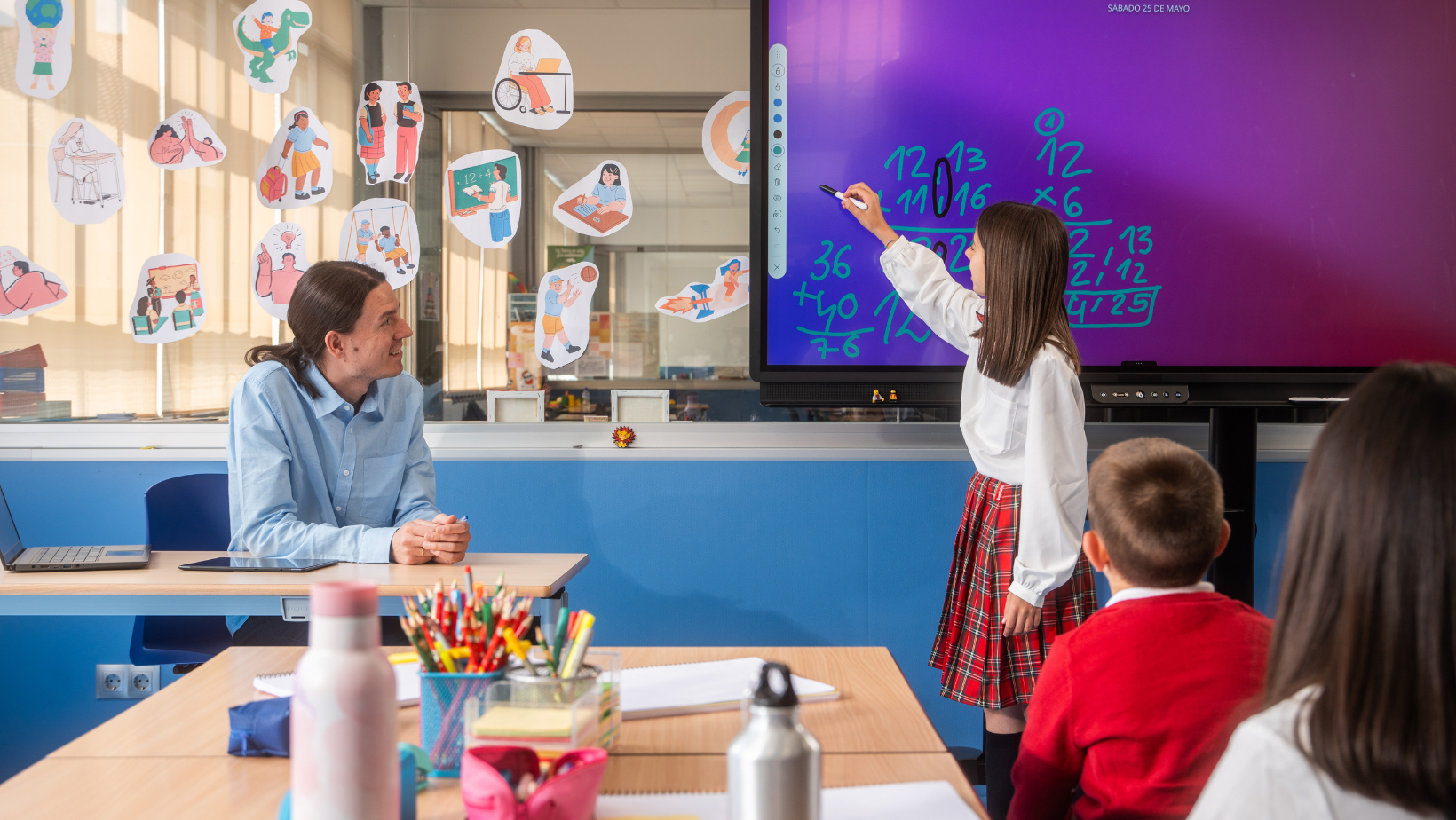
- Technology Integration: Incorporate technology thoughtfully. Interactive whiteboards, tablets, and math apps can enhance learning experiences.
Daily math centers can provide students with opportunities for hands-on exploration, independent practice, and collaborative learning.
Specific Center Ideas by Grade Level
- Kindergarten: shape sorting, number matching, pattern building, counting games.
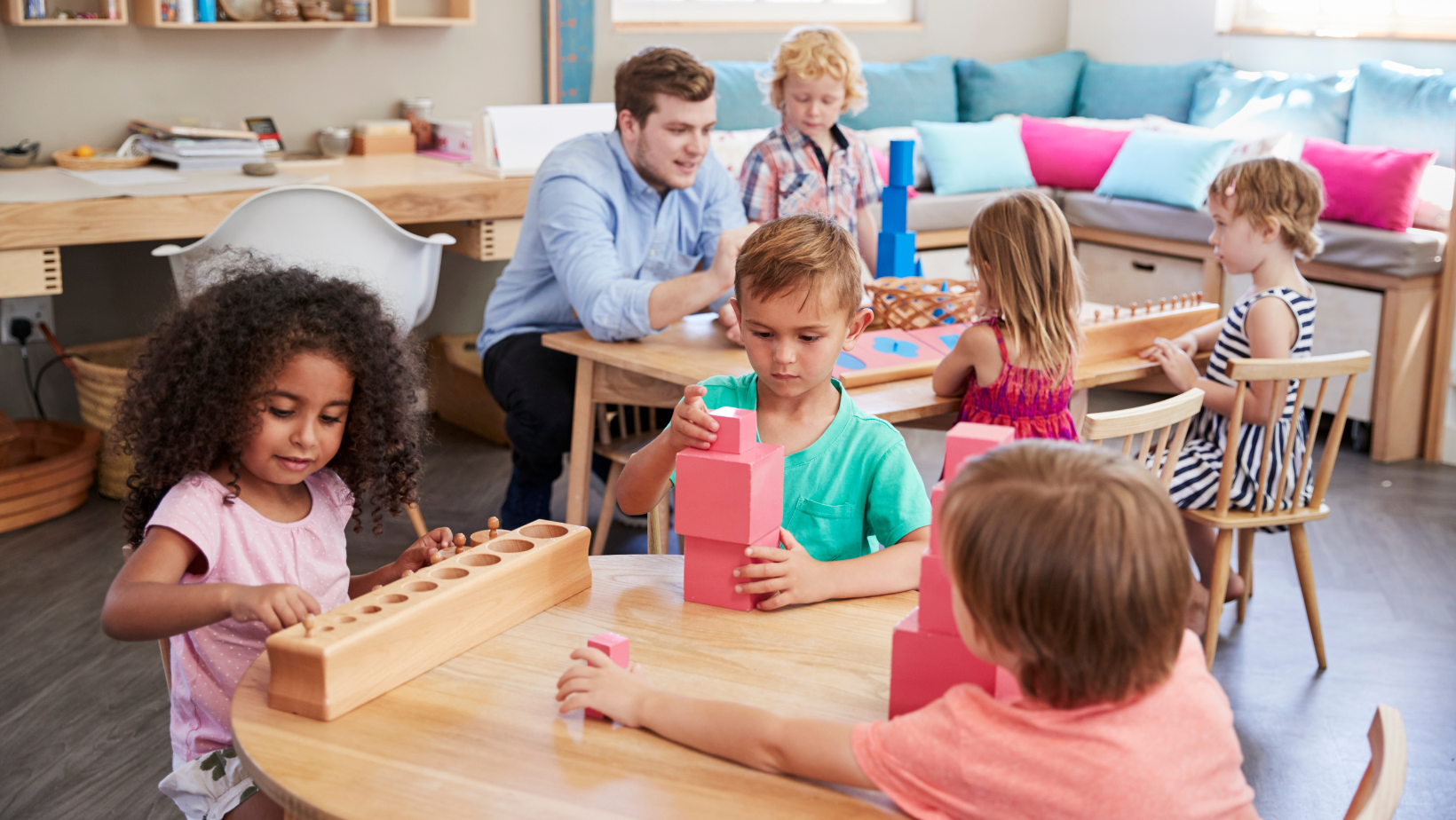
- First Grade: addition and subtraction games, measurement activities, graphing simple data, coin recognition.
- Second Grade: telling time, place value activities, measurement with non-standard units, geometry puzzles.
- Third Grade: multiplication and division games, fraction manipulatives, data analysis projects, problem-solving challenges.
- Fourth Grade: decimal activities, geometry explorations, measurement conversions, word problem challenges.
- Fifth Grade: fraction and decimal operations, algebraic reasoning games, data analysis projects, real-world problem-solving.
Making Math Visible
Your classroom walls are a powerful tool for reinforcing math concepts. For a math-rich learning environment, consider incorporating posters or charts that display key formulas, diagrams, or examples to visually reinforce the material being taught. Additionally, interactive activities or games related to math concepts can also be a fun and engaging way to utilize your classroom walls for learning. Here are some specific examples:
- Number Walls: Create visually appealing number walls that showcase number patterns, operations, and relationships.
- Math Vocabulary: Use word walls or visual aids to define and illustrate key math terms.
- Student Work: Celebrate student achievements by displaying their math projects, problem-solving strategies, and creative creations.
Math-Rich Learning: Infusing Math into Everyday Life
Connect math to the real world to make it relevant and engaging.
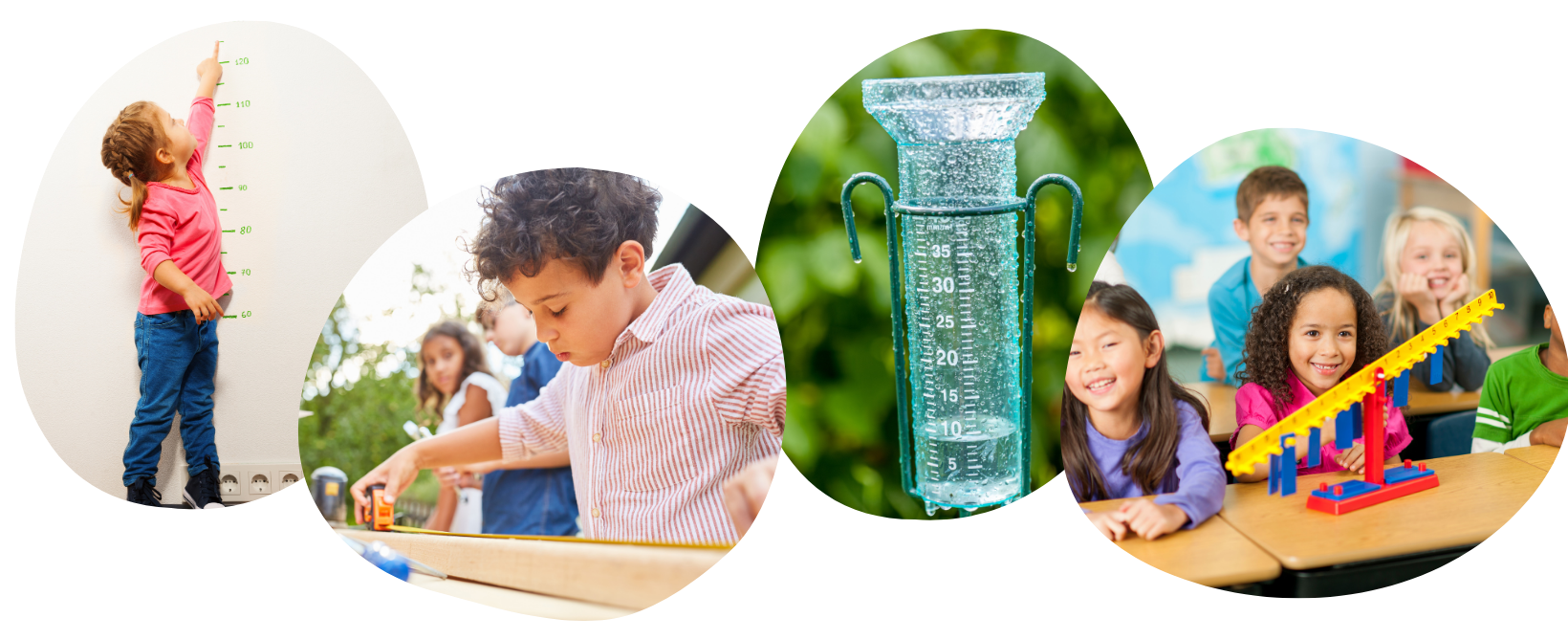
- Math in the World: Display charts, graphs, and data related to real-life situations to spark discussions. These could include:
- Weather Data: Track daily temperature, rainfall, or sunshine hours using simple graphs or charts. Discuss patterns and trends.
- Classroom Data: Collect data on favorite colors, pets, or snacks. Create bar graphs to represent the information.
- Growth Charts: Measure and record plant growth over time using a line graph. Discuss patterns of growth and rates of change.
- Nature’s Patterns: Explore the repeating patterns found in leaves, flowers, and even animal prints. Let your students create a nature journal to document their findings.
- Math Tools Everywhere: Make math tools accessible throughout the classroom, including rulers, measuring tapes, clocks, and calculators. For example, let your students stamp images of leaves in their nature journals and measure their lengths.
The Power of Play
Play is more than just fun; it’s a cornerstone of early learning. When children engage in playful exploration, they naturally develop critical thinking, problem-solving, and spatial reasoning skills‒all essential building blocks for mathematical success.
- Storytime Math: Use math-related books to spark conversations and critical thinking. Check out ORIGO’s Big Books, our engaging large-format math story books designed to develop and reinforce mathematical language and understanding by stimulating discussion on specific concepts from the Pre-K to Grade 2 core curriculum.
- Math-themed Dramatic Play: Transform your classroom into a grocery store, restaurant, or construction site where children can naturally apply math concepts.
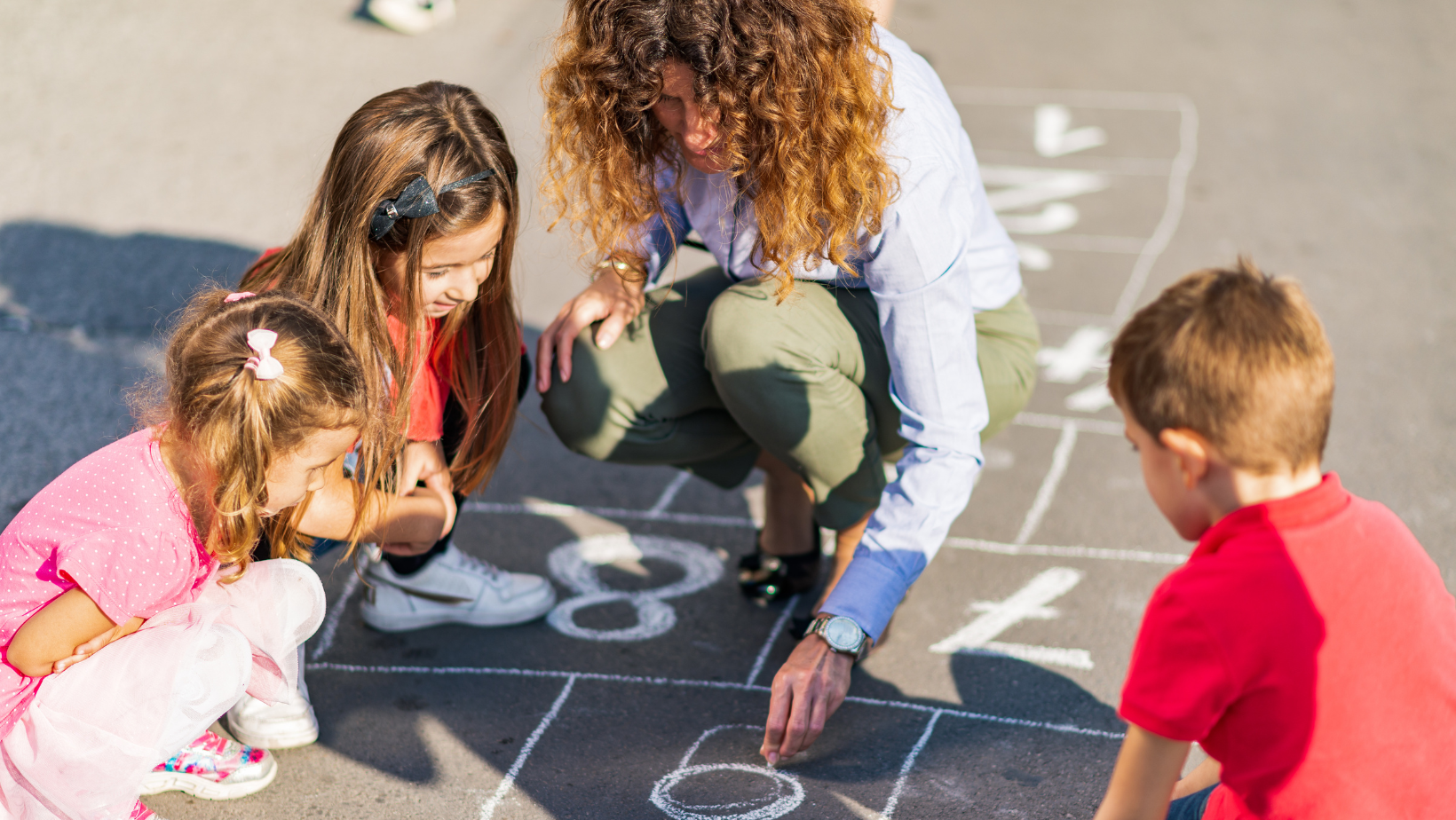
- Outdoor Math Adventures: Take learning outside with nature-based activities like measuring shadows, collecting data, or building geometric shapes with sticks.
- Game-Based Learning: Create math-focused games that involve counting, sorting, patterning, and problem-solving.
- Manipulative Exploration: Provide a variety of manipulatives for open-ended play and discovery.
Cultivating a Growth Mindset in a Math-Rich Classroom
Create a classroom culture where mistakes are seen as opportunities for learning. Encourage students to embrace challenges and persevere through difficulties.
- Growth Mindset Displays: Use posters and anchor charts to showcase growth mindset principles.
- Positive Reinforcement: Celebrate effort and progress rather than just the end result. Check out this article with tips for celebrating student success.
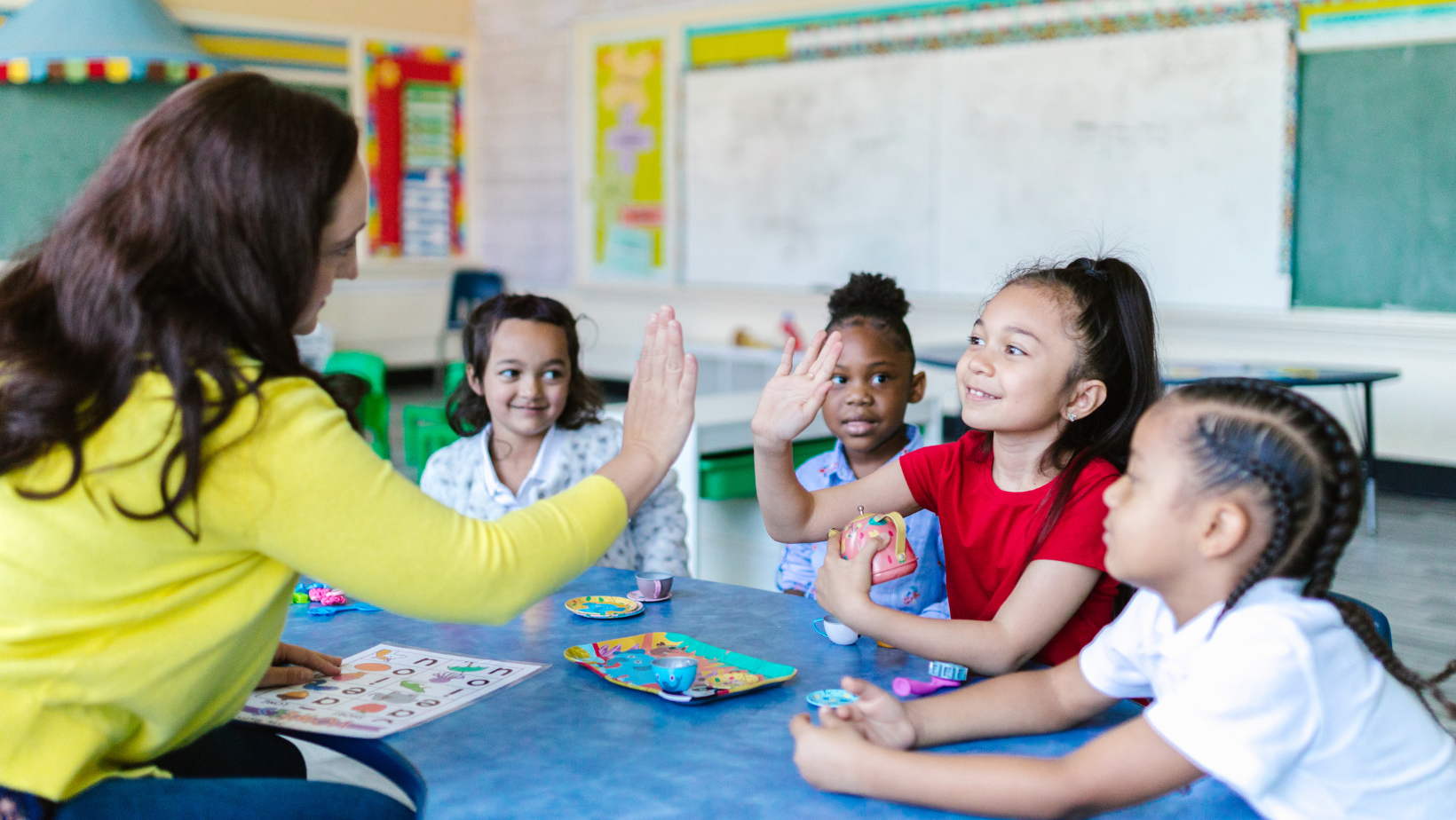
- Student Voice: Encourage students to share their learning journeys and celebrate their successes. Students can share from their math journals (i.e., one new discovery they made, one achievement for the day or week, etc.). Math-themed parties or awards ceremonies can help kids feel like rockstars! It’s a great way to show them you see their hard work.
ORIGO: Your Partner in Math
ORIGO Education is committed to creating engaging and effective math learning experiences. Our resources, including manipulatives, games, and professional development, can help you transform your classroom into a math haven. With ORIGO, you’ll have the tools and support to inspire a love of learning in your students.
By incorporating these elements into your classroom, you’ll create a vibrant and stimulating math-rich learning environment where students are excited to explore the world of mathematics. Your enthusiasm is contagious, so share your passion for numbers and watch as your students’ love for math grows. Remember, it’s not just about teaching math; it’s about inspiring a lifelong love of learning.



